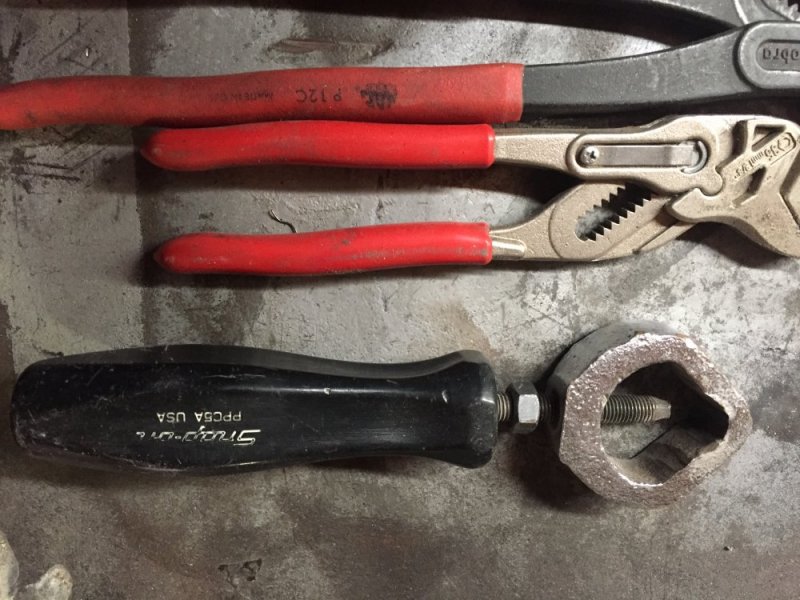Rodd
Recruit
I am trying to replace the lower ball joints on the 1995 k3500. I took my grinder and ground a + in the head then used my air chisel to remove the head. I then tried using my hammer attachment on my chisel to press out the rivets and no go. The truck has 195k miles and they are the originals. I tried a punch and a sledge hammer with no luck either. I tried drilling a hole in them to try and used the air hammer and no luck. I thought they would pop out fairly easily with the air chisel/hammer but no luck. The other thing is I didn't center the holes I drilled so I need to be careful drilling anymore. The holes are down to the middle part of the rivet where the bottom half is harder than the upper part that I drilled out. I got a cobalt bit to see if I can drill through the harder lower half.
Anyone have any advise?
Anyone have any advise?

